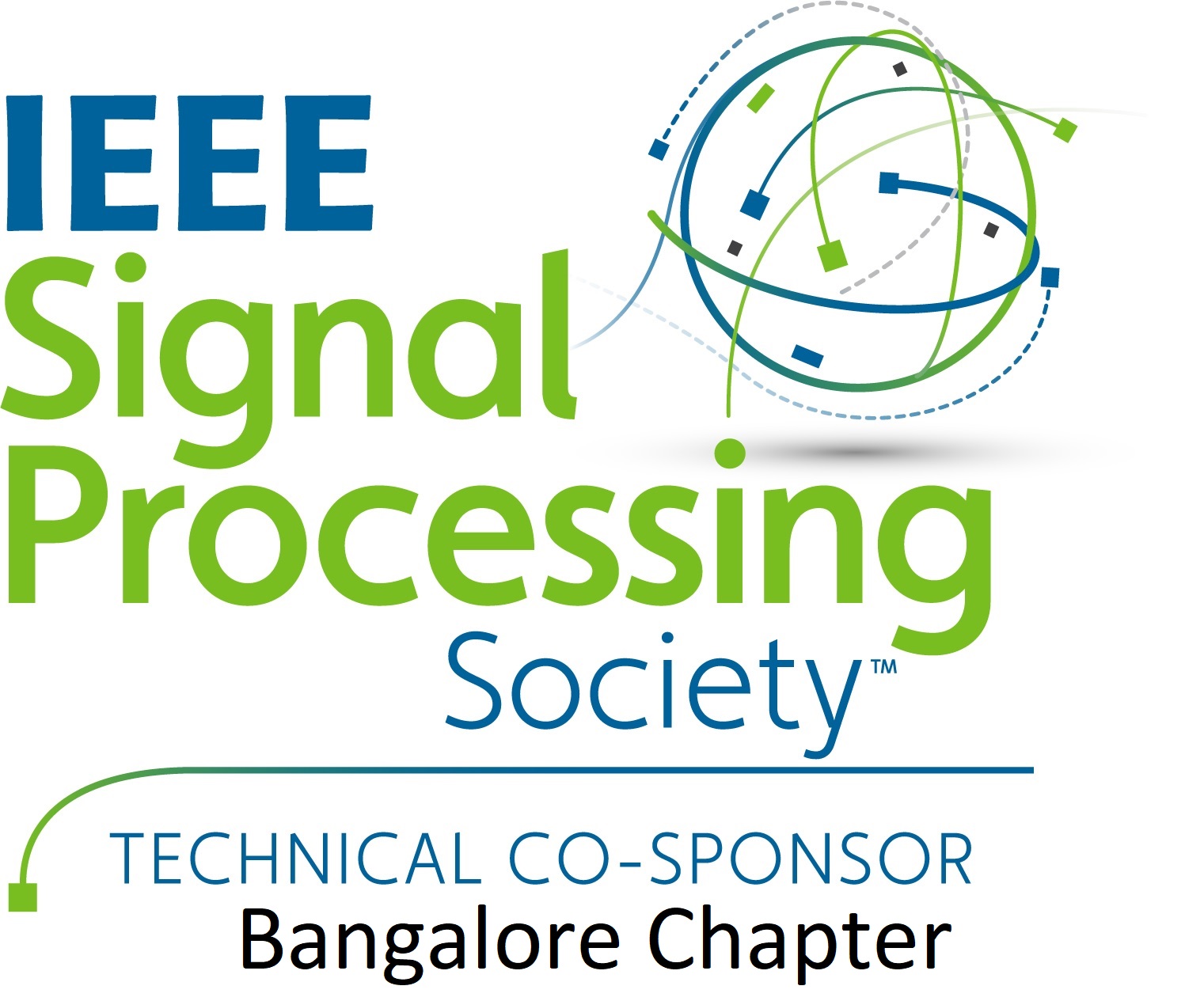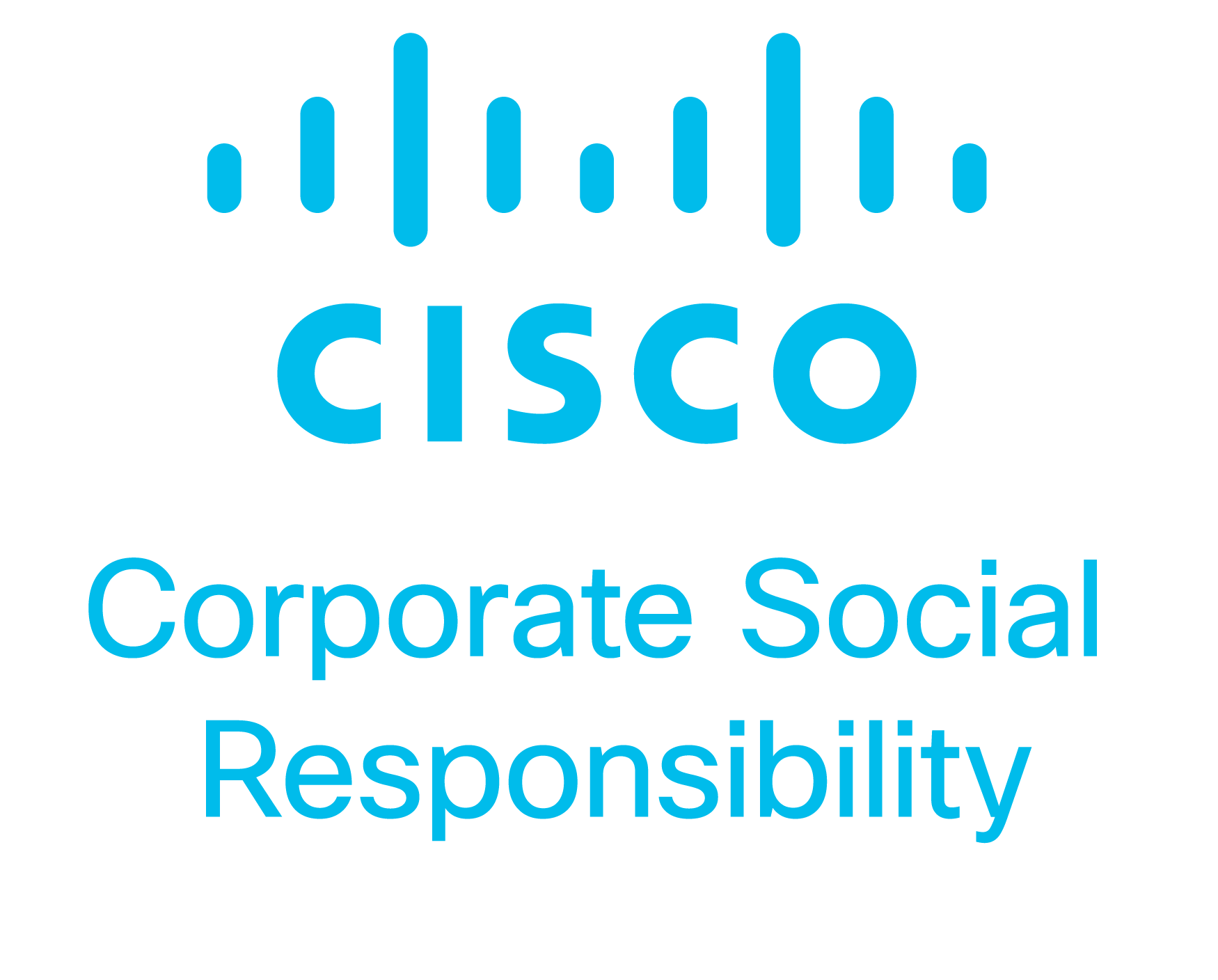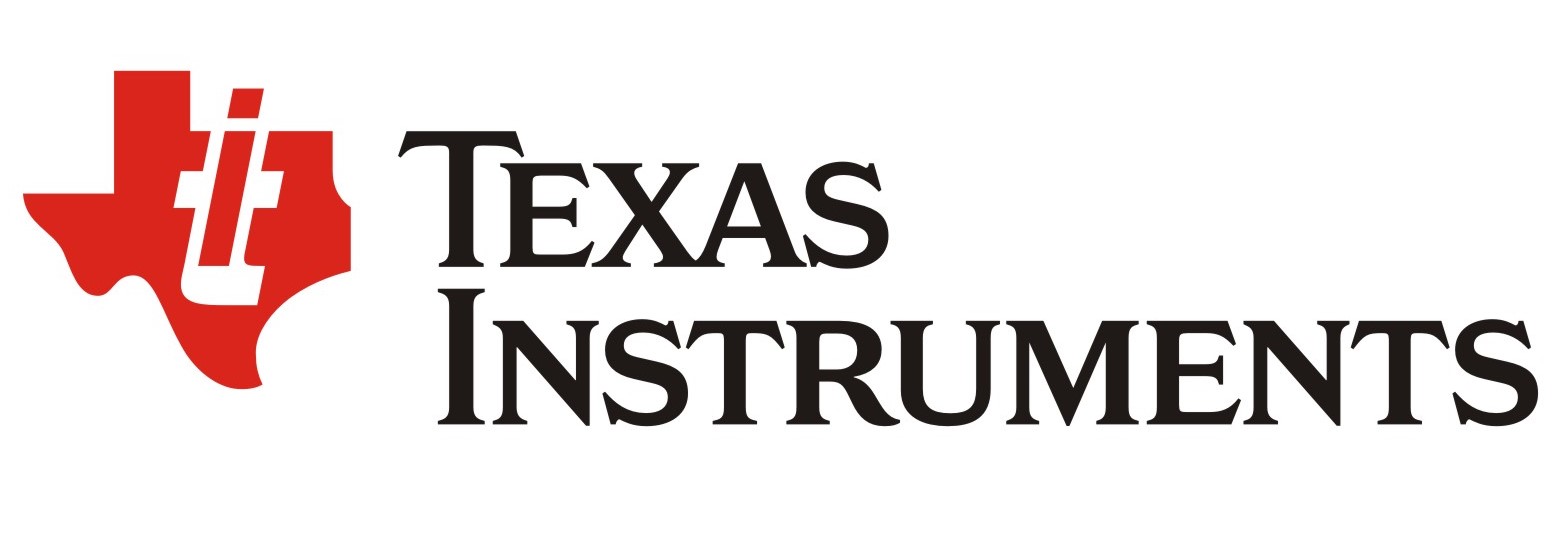











Organizers: Vinod Sharma, Department of Electrical Communication Engineering, Indian Institute of Science, Bangalore,
Event Sponsor : Division of Electrical, Electronics, and Computer Sciences (EECS), Indian Institute of Science, Bangalore
The workshop has active participation from the Quantum Computing thematic cluster at IISc (https://iisc.ac.in/initiative-on-quantum-technologies/) and Center for Excellence in Quantum Technology (https://ceqt.iisc.ac.in/) supported by the Ministry of Electronics and Information Technology, Government of India.
Registration LinkPlease join the Quantum Workshop through the Zoom Link
The recordings of the talks will be made available. The links will be posted on this webpage soon.
No participation certificates will be provided.
| TIME | SPEAKER | TITLE |
|---|---|---|
| 9:00 AM - 10:00 AM |
Umesh Vazirani (Keynote-1) (University of California at Berkeley) |
Theoretical Reflections on Quantum Supremacy Link to Video |
| 10:00 AM - 10:45 AM |
Priya Nadkarni (Indian Institute of Science, Bangalore) | Entanglement-assisted Algebraic Quantum ECCs |
| 10:45 AM - 11:00 AM | -- | Tea break |
| 11:00 AM - 11:45 AM | Vibhor Singh (Indian Institute of Science, Bangalore) |
Overview of Superconducting Quantum Devices Link to Video |
| 11:45 AM - 12:30 PM | Umakant Rapol (Indian Institute of Science Education and Research (IISER), Pune) |
Introduction to Atom Interferometers and Atomic Clocks Link to Video |
| 12:30 PM - 1:15 PM | -- | Lunch Break |
| 1:15 PM - 2:00 PM | Anil Prabhakar (Indian Institute of Technology, Madras) |
Practical Quantum Communication Link to Video |
| 2:00 PM - 2:45 PM | Siddarth Joshi (University of Bristol) |
Entanglement based Quantum networks Link to Video |
| 2:45 PM - 3:00 PM | -- | Tea Break |
| 3:00 PM - 4:00 PM | Masahito Hayashi (Keynote-2) (Shenzhen Institute for Quantum Science and Engineering, China) | Quantum Information Processing over Quantum Network Link to Video |
| 4:00 PM - 4:45 PM | Saikat Guha
(College of Optical Sciences, University of Arizona,Tucson, AZ) |
Quantum Illumination Link to Video |
| 4:45 PM - 5:00 PM | -- | Tea Break |
| 5:00 PM - 6:00 PM | Apoorva Patel (IISc, Bangalore) Umakant Rapol (IISER, Pune) Anil Prabhakar (IIT Madras) R. P. Singh (PRL, Ahmedabad) Manojkumar Parmar (Robert Bosch Engineering and Business Solutions, Bangalore) | Panel Discussion : "Prospects for Quantum Technology Development in India" Link to Video |
| TIME | SPEAKER | TITLE |
|---|---|---|
| 8:00 PM - 8:20 PM | Anurag Kumar (Director, IISc) | Overview of IISc |
| 8:20 PM - 8:25 PM | Rahul Pandit (Divisional Chair) | Overview of Division of Physical and Mathematical Sciences |
| 8:25 PM - 8:30 PM | Y. Narahari (Divisional Chair) | Overview of Division of EECS |
| 8:30 PM - 8:45 PM | Apoorva Patel (Centre for High Energy Physics, IISc) | IISc's Quantum Push |
| 8:45 PM - 8:55 PM | Shayan Garani Srinivasa | Quantum Communications and Computing |
| 8:55 PM - 9:00 PM | Sanjit Chatterjee | Post quantum Cryptography |
| 9:00 PM - 9:10 PM | Mayank Srivastava | Why IISc? |
| 9:10 PM - 10:00 PM | -- | Interactions and Discussions |
Masahito Hayashi was born in Japan in 1971. He received the B.S.degree from the Faculty of Sciences in Kyoto University, Japan, in 1994 and the M.S. and Ph.D. degrees in Mathematics from Kyoto University, Japan, in 1996 and 1999, respectively. He worked in Kyoto University as a Research Fellow of the Japan Society of the Promotion of Science (JSPS) from 1998 to 2000, and worked in the Laboratory for Mathematical Neuroscience, Brain Science Institute, RIKEN from 2000 to 2003, and worked in ERATO Quantum Computation and Information Project, Japan Science and Technology Agency (JST) as the Research Head from 2000 to 2006. He worked in the Graduate School of Information Sciences, Tohoku University as Associate Professor from 2007 to 2012. In 2012, he joined the Graduate School of Mathematics, Nagoya University as Professor. In 2020, he joined Shenzhen Institute for Quantum Science and Engineering, Southern University of Science and Technology, Shenzhen, China as Chief Research Scientist. In 2011, he received Information Theory Society Paper Award (2011) for ''Information-Spectrum Approach to Second-Order Coding Rate in Channel Coding''. In 2016, he received the Japan Academy Medal from the Japan Academy and the JSPS Prize from Japan Society for the Promotion of Science.
In 2006, he published the book `''Quantum Information: An Introduction'' from Springer, whose revised version was published as ''Quantum Information Theory: Mathematical Foundation'' from Graduate Texts in Physics, Springer in 2016. In 2016, he published other two books ''Group Representation for Quantum Theory'' and ''A Group Theoretic Approach to Quantum Information'' from Springer. He is on the Editorial Board of International Journal of Quantum Information. His research interests include classical and quantum information theory and classical and quantum statistical inference.
Abstract: Once quantum communication technology is well developed, we can expect that many users are connected via a quantum network. Similar to the classical case, the components of such a well developed quantum network can be expected to be noiseless quantum channels. Therefore, it is desired to find how to exploit such a quantum network. Quantum network coding is a method for efficient communication among various users via a quantum network. First, as a typical example of a network, we focus on the classical and quantum butterfly networks, and show typical network coding over these networks. Next, as a possible case, we address the case when a part of channels are corrupted under a given quantum network. Notice that noiseless quantum information transmission guarantees no information leakage. To resolve this case, we introduce quantum secure network coding. We show our secure quantum network code over the quantum butterfly network. Also, we consider the case when two users are connected via a quantum network. When a part of the network is corrupted, we discuss how to realize secure quantum information transmission dependently on the following two cases. The corrupted channels are known to the sender and the receiver in the first case, and they are unknown in the second case. Finally, as another application, we briefly explain quantum private information retrieval.
These studies are based on the following papers.
[1] M. Hayashi, K. Iwama, H. Nishimura, R. Raymond, and S. Yamashita, ''Quantum Network Coding,'' 24th International Symposium on Theoretical Aspects of Computer Science (STACS 2007), Aachen, Germany; 22-24 February 2007: W. Thomas and P. Weil (Eds.), Lecture Notes in Computer Science, vol 4393, Springer Berlin,pp. 610-621, (2007).
[2] M. Hayashi, ''Prior entanglement between senders enables perfect quantum network coding with modification," Physical Review A, Vol.76, 040301(R) (2007).
[3] M. Owari, G. Kato, and M. Hayashi, ''Single-Shot Secure Quantum Network Coding on Butterfly Network with Free Public Communication,'' Quantum Science and Technology, Vol. 3, 014001 (2017).
[4] S. Song and M. Hayashi, ''Secure Quantum Network Code without Classical Communication,'' IEEE Transactions on Information Theory, Volume: 66, Issue: 2, 1178 -- 1192 (2020).
[5] M. Hayashi and S. Song, ''Quantum state transmission over partially corrupted quantum information network,'' Physical Review Research, (In Press); arXiv:1805.10428
[6] S. Song and M. Hayashi, ''Quantum Network Code for Multiple-Unicast Network with Quantum Invertible Linear Operations,'' In: S. Jeffery (eds) 13th Conference on the Theory of Quantum Computation, Communication and Cryptography (TQC 2018). Leibniz International Proceedings in Informatics (LIPIcs), vol 111. pp. 10:1--10:20. Centre for Quantum Software and Information (QSI), University of Technology Sydney, July 16 -- 18, 2018; arXiv:1805.10428
[7] G. Kato, M. Owari, and M. Hayashi, ''Single-Shot Secure Quantum Network Coding for General Multiple Unicast Network with Free Public Communication,'' In: Shikata J. (eds) 10th International Conference on Information Theoretic Security (ICITS2017). Lecture Notes in Computer Science, vol 10681. Springer, pp. 166 -- 187; arXiv:2003.13293.
[8] S. Song, M. Hayashi, ''Capacity of Quantum Private Information Retrieval with Multiple Servers'' Proc. IEEE International Symposium on Information Theory (ISIT2019), Paris, France, July 7 -- 12, 2019, pp. 2149 -- 2153; arXiv:1903.10209
Abstract: I will begin with a high-level survey of the field of photonic quantum sensing, and thereafter relate the story of "quantum illumination" — a curious example of a quantum sensing paradigm, where entanglement in the sensor’s probe dies in the act of providing the quantum advantage. The highest classical-quantum performance gap occurs when the transmitter is constrained to be low brightness, and the thermal noise is high, suggesting relevance in a microwave-domain operation. I will talk about the original results from 2008, leading up to interesting new developments on receiver designs for quantum illumination, key experimental results, generalizations to multiple hypothesis test scenarios, and a connection with the problem of entanglement-assisted classical communications.
Abstract: Isolated and cold atomic samples at temperatures ranging from several micro Kelvins down to several tens of nano Kelvins are ideal systems for some of the most advanced technological applications and in fundamental research. On hand, Ultra cold Bosonic or Fermionic atomic samples are being widely used for simulating many-body Hamiltonians governing the physics of condensed matter systems. They are widely used for emulating the physics of Bose-Hubbard Hamiltonions and a variety of other Hamiltonians. On the other other hand these systems are used to build the most precise rotation sensors, gravity and gravity gradient sensors, magnetometers and the most precise atomic clocks. In this talk, I will concentrate on the use of ultracold atomic samples for some precision measurements. I will give an introduction to atom interferometers and atomic clocks and present some of their technological applications.
Abstract: The recent demonstration of quantum supremacy by Google is a first step towards the era of small to medium scale quantum computers. In this talk I will explain what the experiment accomplished and the theoretical work it is based on, as well as what it did not accomplish and the many theoretical and practical challenges that remain. I will also describe recent breakthroughs in the design of protocols for the testing and benchmarking of quantum computers, a task that has deep computational and philosophical implications. Specifically, this leads to protocols for scalable and verifiable quantum supremacy, certifiable quantum random generation and verification of quantum computation.
Abstract: In recent years, superconducting qubits have emerged as the leading platform to develop medium- scale quantum processors. Beginning from the earlier of proof of principle experiments, this platform has now categorically established the quantum supremacy, a regime beyond the reach of existing classical computers. In this talk, I will present an overview of the current superconducting qubit technology beginning with a short introduction. In addition, some recent results and promising future directions related to newer qubit architectures would be discussed.
Abstract: Quantum error correction codes are vital for building large scale quantum computing, quantum transmission and storage systems. In this talk, we will provide a framework for constructing entanglement-assisted stabilizer codes over qudits along with the encoding and error correction architectures. Using this framework, we will present the theory and quantum circuit architectures for building quantum Reed Solomon codes over qudits that saturate the quantum Singleton bound. We will also demonstrate the coding analog of superadditivity by constructing quantum tensor product codes. Finally, we will provide a procedure to obtain coded quantum networks that are resilient to a single node failure using our modified graph state codes.
Abstract: Practical considerations determine the potential of using quantum properties of light for communication. Quantum communication is susceptible to environmental losses and fluctuations that limit its applicability. Most terrestrial networks rely on existing fibre optic technologies. The quantum satellite uses free space optics. Meanwhile, the end user is interested in a secure communication link at his home and office, requiring us to move beyond demonstrations of quantum links and towards interlinked quantum networks. There are many international efforts underway to create standards for the interoperability of quantum telecommunication equipment, and thus enabling the deployment of quantum networks. The talk will explain the different experimental limitations, and describe the solutions that are under consideration.